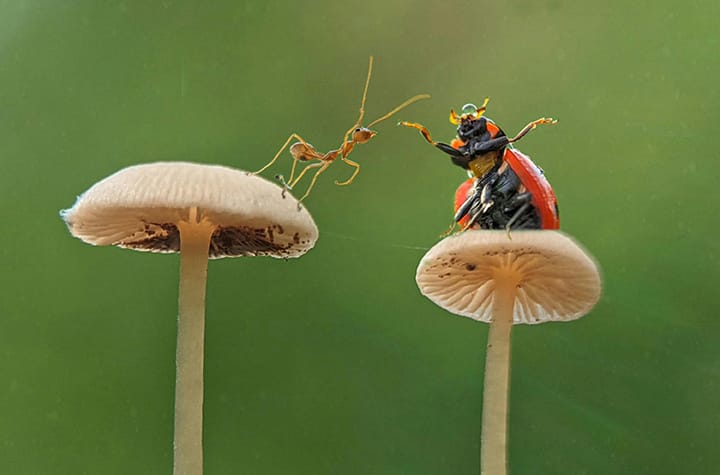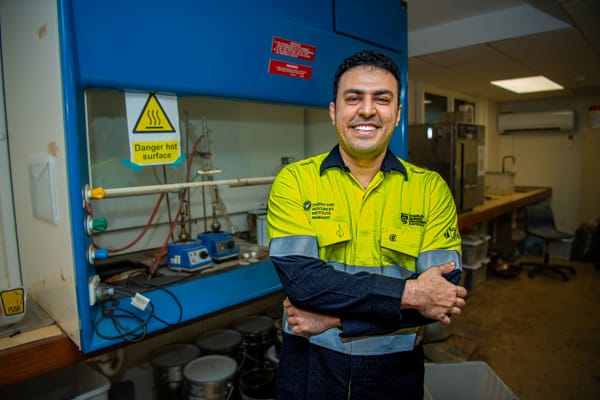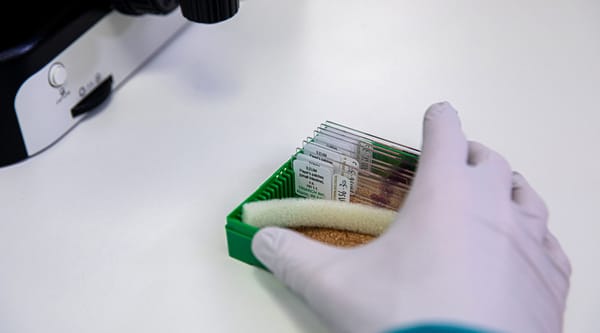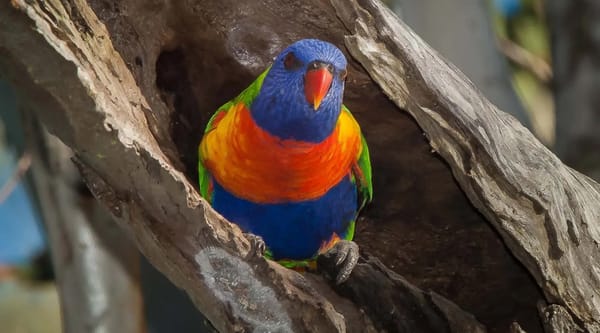Mapping world's fungi from air samples: Southern Cross Uni joins global effort
A global study has found the key to mapping biodiversity has been staring us in the face the whole time: in the surrounding air.

First published on Southern Cross University
A global study has found the key to mapping biodiversity has been staring us in the face the whole time: in the surrounding air.
Led by Finland’s University of Jyväskylä, the paper 'Airborne DNA reveals predictable spatial and seasonal dynamics of fungi' is published in the journal Nature.
Only a fraction of nature’s diversity, or species richness, is still known, especially when it comes to insects and fungi, both of which have millions of species still unknown to science. At the same time, the loss of nature is progressing at an unprecedented rate, and researchers are racing against time to find out the unknown diversity while also coming up with ways to save it.
“Collecting ecological data your local patch and relating it to other sites globally is really exciting. It helps us better understand our environment when it is undergoing rapid climatic and land-use change.”
Professor Nigel Andrew
Chair of Science at Southern Cross University
/prod01/channel_8/media/scu-dep/news/images/2024/Nigel-Andrew_20230217_credit-Southern-Cross-University_low-res.jpg)
Chair of Science and Entomologist at Southern Cross University, Professor Nigel Andrew, was part of the global study. He contributed samples from the NSW New England Tablelands.
“The air that surrounds us is full of the signatures of life,” said Professor Andrew.
“DNA from all species living on land is floating around in the air. This DNA can be used to sample and assess the diversity and distribution of all species, and give us poorly known taxa – such as fungi.”
The team used DNA sequencing to identify fungi from air samples collected from 47 sites around the world. The research produced ground-breaking knowledge about the climatic and evolutionary factors influencing the occurrence and seasonal variation of both previously known and unknown fungi.
/prod01/channel_8/media/scu-dep/news/images/2024/Slide1_sampling-sites-for-airborne-fungi_credit-Abrego-et-al.JPG)
“This knowledge is essential not only to understand where and when different fungal species thrive, but also to predict their fate under the ongoing global change,” said study lead author Dr Nerea Abrego of the University of Jyväskylä.
Otso Ovaskainen, an Academy Professor at the University of Jyväskylä involved in the research project, is convinced that such new biodiversity sampling techniques will revolutionise biomonitoring and biodiversity forecasts in the coming years.
Using DNA as well as image and audio, Professor Ovaskainen is leading a follow-up project in which fungi, insects, mammals, birds, bats, and frogs are studied at hundreds of locations around the world.
“There are more than million insect species in the samples already collected, which is many more species than have been described by science so far,” said Professor Ovaskainen.
“The enormous size of the data set makes analysis challenging. We have more than a hundred years of sound, millions of camera trap images, and billions of DNA sequences.”
/prod01/channel_8/media/scu-dep/news/images/2024/Burkard-Cyclone-Sampler_credit-Nigel-Andrew_IMG_20180512_144857-low-res.jpg)
Professor Andrew initiated the Australian node of this project and he and his team collected spore samples twice a week for 18 months in a Eucalypt forest reserve on the NSW New England Tablelands. The spore samples were sent to Finland for processing and analysis.
“It is a great experience working in these large international teams. What seems like a simple process at one site, can be technically challenging to replicate and analyse globally,” said Professor Andrew.
“I have been part of similar teams assessing caterpillar predation, dung beetle ecosystem services and plant herbivory globally. Collecting ecological data your local patch and relating it to other sites globally is really exciting. It helps us better understand our environment when it is undergoing rapid climatic and land-use change”.
Since almost all fungi are at least partially spread through the air, the study included not only boletes and russulas, but also, for example, lichens, bracket fungi, molds and yeasts.
“One particularly interesting subject for further research is a more detailed review of the sequences for fungi that are important to humans,” says Abrego.
“These include fungal diseases of humans, crops and production animals, as well as fungi that indicate the progress of the loss of nature and the weakening of natural ecosystem processes.”
Study details
Airborne DNA reveals predictable spatial and seasonal dynamics of fungi by Abrego, N et al
Published in Nature journal
DOI: doi.org/10.1038/s41586-024-07658-9
/prod01/channel_8/media/scu-dep/news/images/2024/Beetles-feeding-on-a-mushroom_PXL_20210829_000134026_credit-Nigel-Andrew-low-res.jpg)




